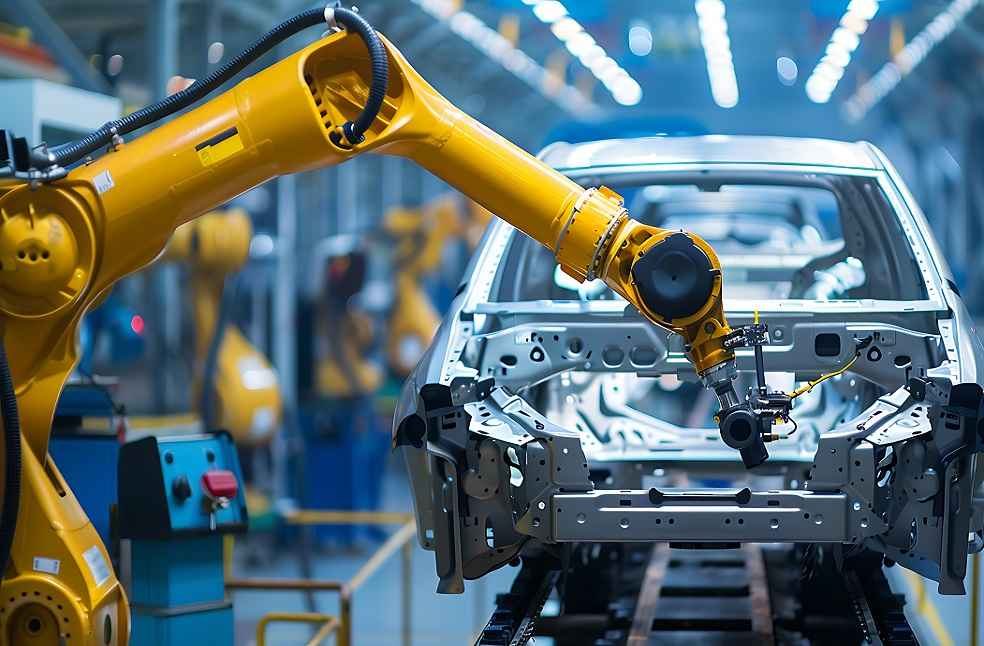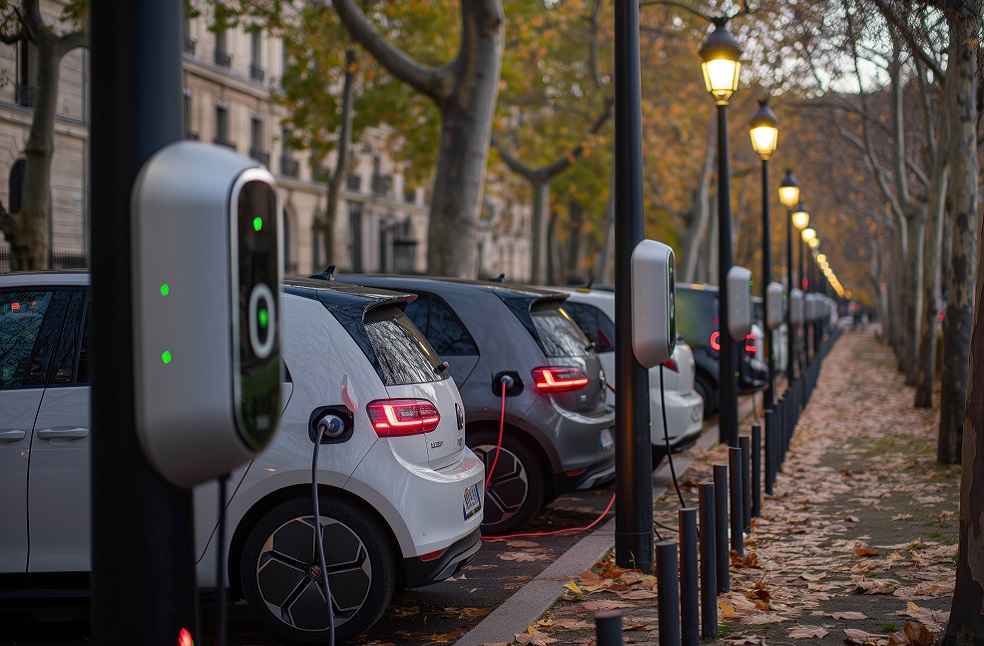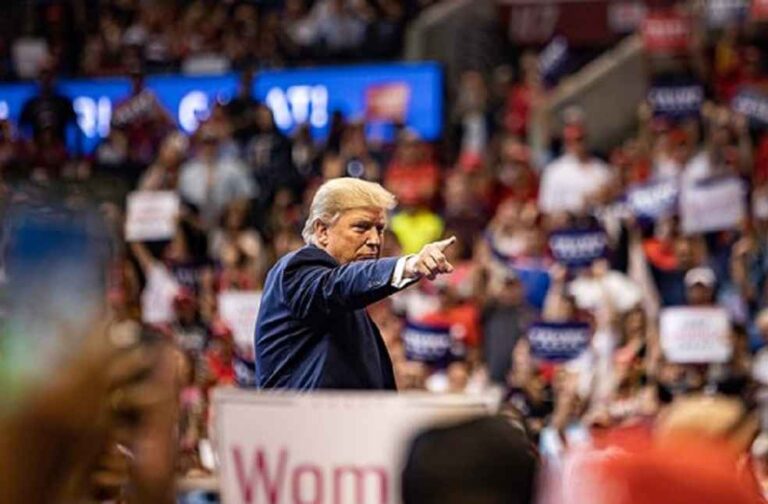Donald Trump’s tariff hikes and repeal of EV mandates are reshaping trade and automotive regulatory policies.
As of June 4, the U.S. has doubled tariffs on all steel and aluminium imports, excluding the UK, from 25% to 50%. Canada is expected to impose retaliatory duties in October, while the European Commission has hinted at similar countermeasures, urging a ‘credible threat’ to negotiate favorable terms with Washington.
Trade friction with China remains complex despite a recent de-escalation. While both nations have stepped back from tariffs that once approached 145%, the U.S. will still impose a total 55% tariff on Chinese imports. This includes a 25% existing tariff, a 20% tariff under the International Emergency Economic Powers Act (IEEPA), and a 10% base tariff. China, in turn, has offered faster approvals for rare earth mineral exports used in civilian applications, but uncertainty remains over whether automotive semiconductors are covered under these new terms.

The trade environment has already impacted shipping logistics. Freightos reports that although an initial shipping surge may have passed, a stronger, sustained increase in trans-Pacific container volume is expected. Carriers have already expanded capacity by 13% compared to earlier in the year.
Domestically, President Trump has overturned California’s 2035 phase-out of internal combustion engine (ICE) vehicles, revoked the EPA waiver that allowed the state to impose stricter emissions standards. The Congressional Review Act was invoked to block any similar regulations in the future. Under the now-scrapped rules, automakers would have been required to reach 100% zero-emission vehicle sales by 2035.
Industry groups such as the Alliance for Automotive Innovation welcomed the move. President and CEO John Bozzella called the former EV mandates “unrealistic and harmful,” praising Trump for preserving consumer choice and industry competitiveness.

The repeal casts doubt over existing EV investments, with some automakers having already committed resources to meet future emissions targets. The regulatory rollback raises further concerns about policy volatility and long-term strategic planning.
On the international front, tensions with the EU may soon escalate. Trump has threatened to impose 50% tariffs on EU imports by July 9 unless ‘good faith’ negotiations begin. Points of contention include the EU’s VAT system and regulatory practices affecting U.S. firms, areas EU officials say are non-negotiable. Retaliatory EU tariffs could follow as early as mid-July, further deepening global trade tensions.
EV WORLD | India Opens EV Policy Portal to Invite Tesla and Global Carmakers





